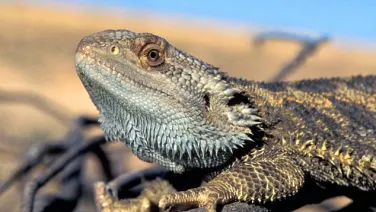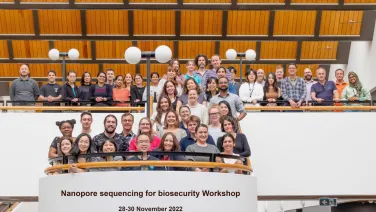Invasive species and biosecurity

Invasive species and biosecurity
Invasive species and biosecurity research focuses on managing invasive species and enhancing biosecurity measures to protect ecosystems and biodiversity. It develops strategies to mitigate threats, control species spread and inform policies for sustainable environmental protection and agricultural resilience.
About
Species that have evolved elsewhere such as weeds, feral animals, insects and other invertebrates, diseases, fungi and parasites can have major impacts on native biodiversity.
- Evolutionary changes in invasive species can increase their impact on native species and their geographic spread.
- Hybridization between exotic and native species can also have significant impacts in invaded habitats.
- The management of exotic pathogens can be improved by identifying resistance in the invaded host’s genome.
- Native species may become invasives when they move from their current ranges as they adapt to climate change.
For information on Australia's biodiversity policies see the Department of the Environment and Energy:
See also:






